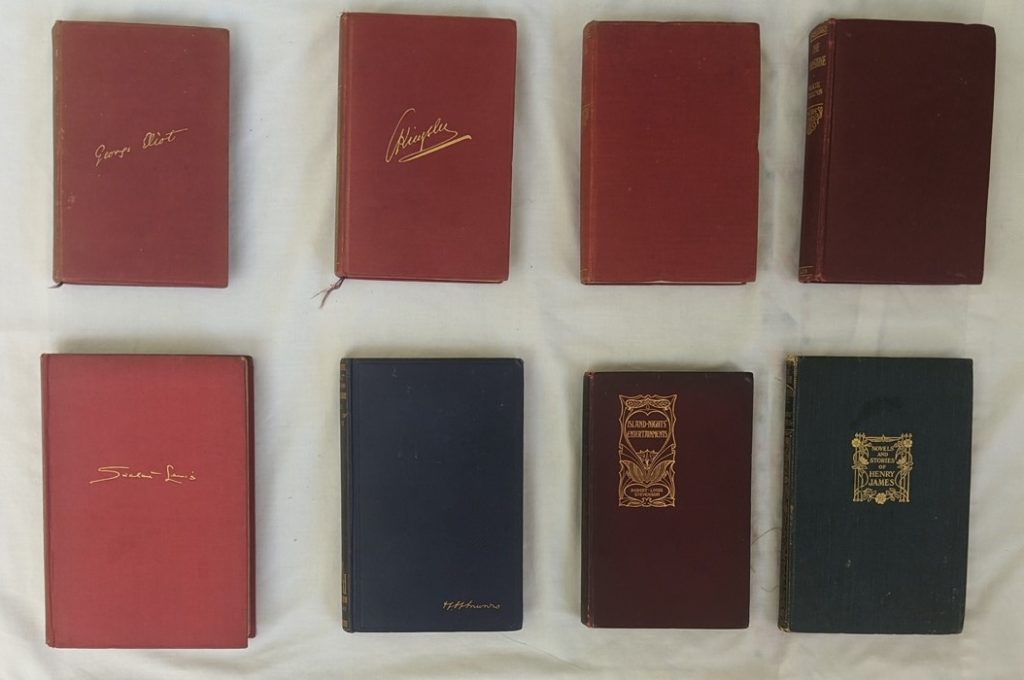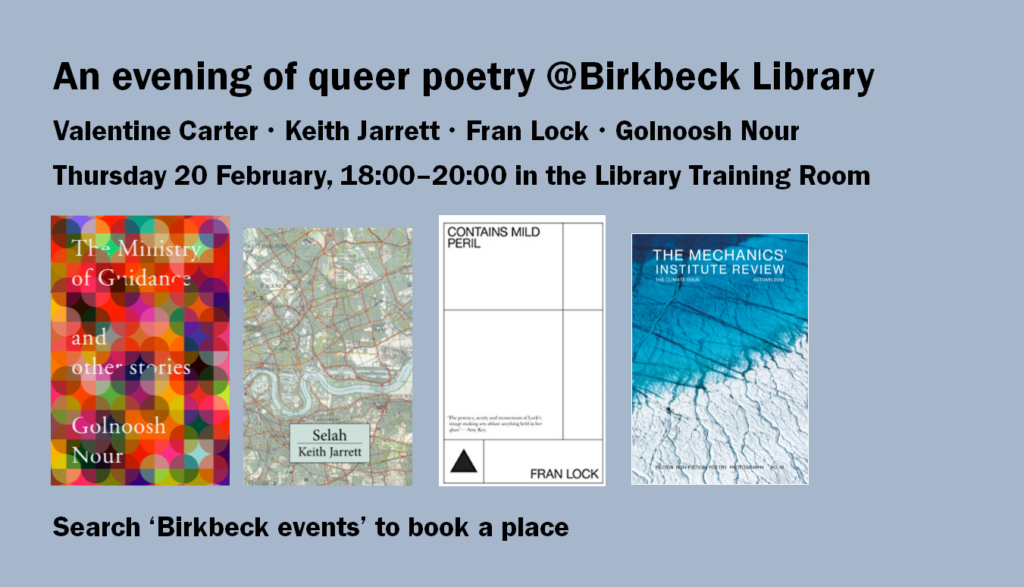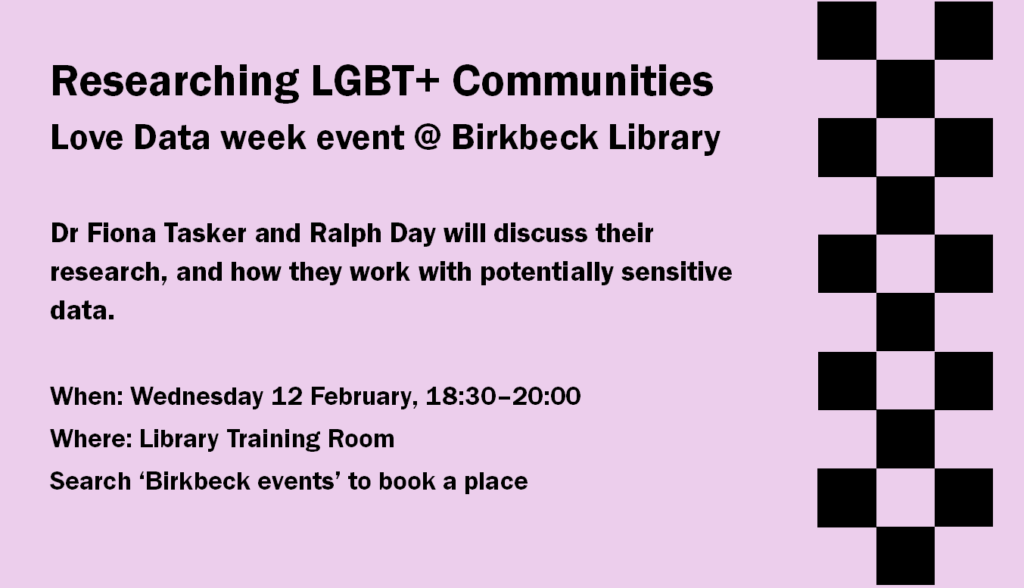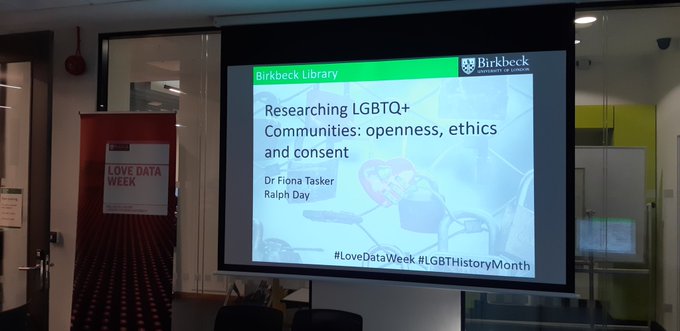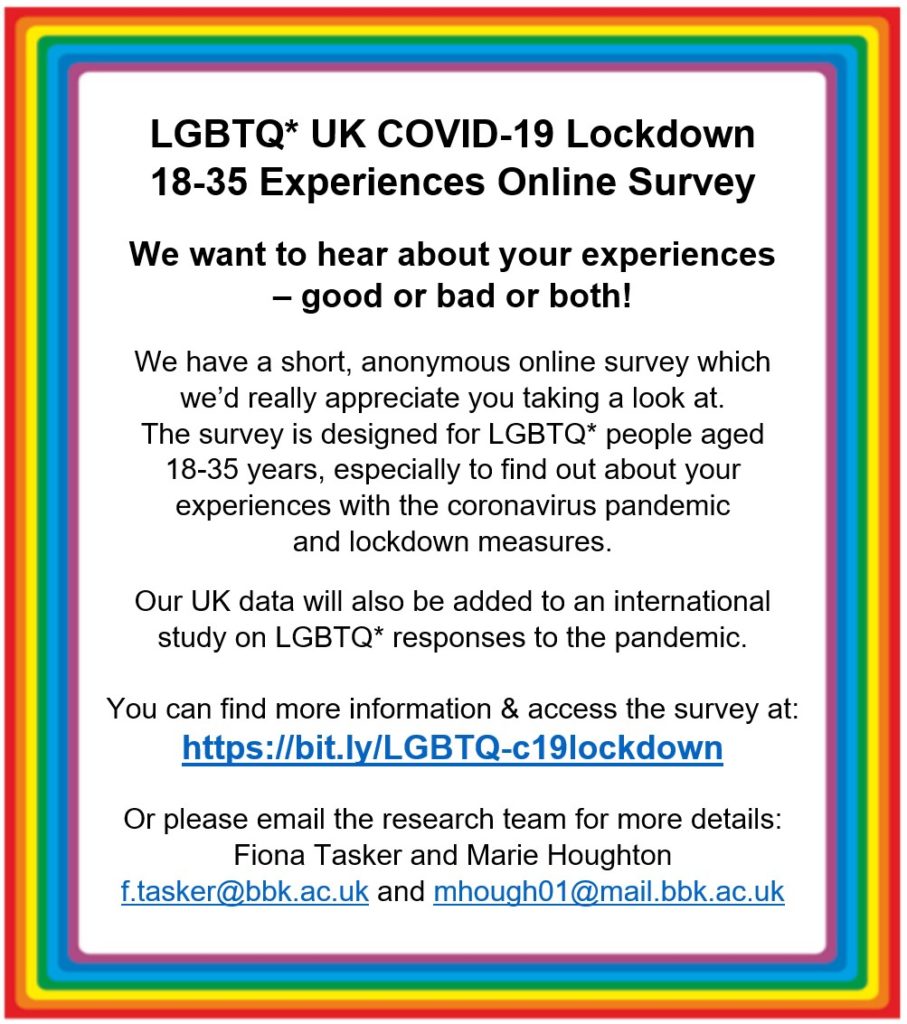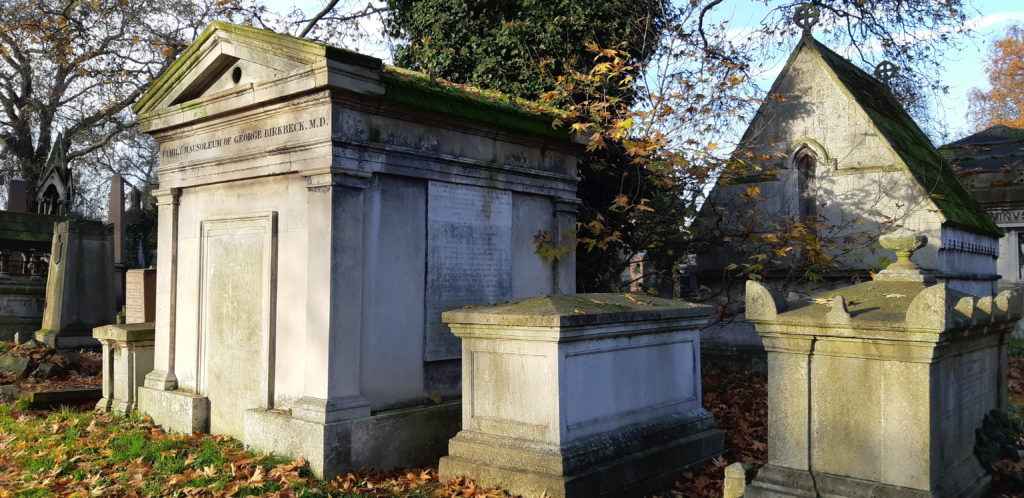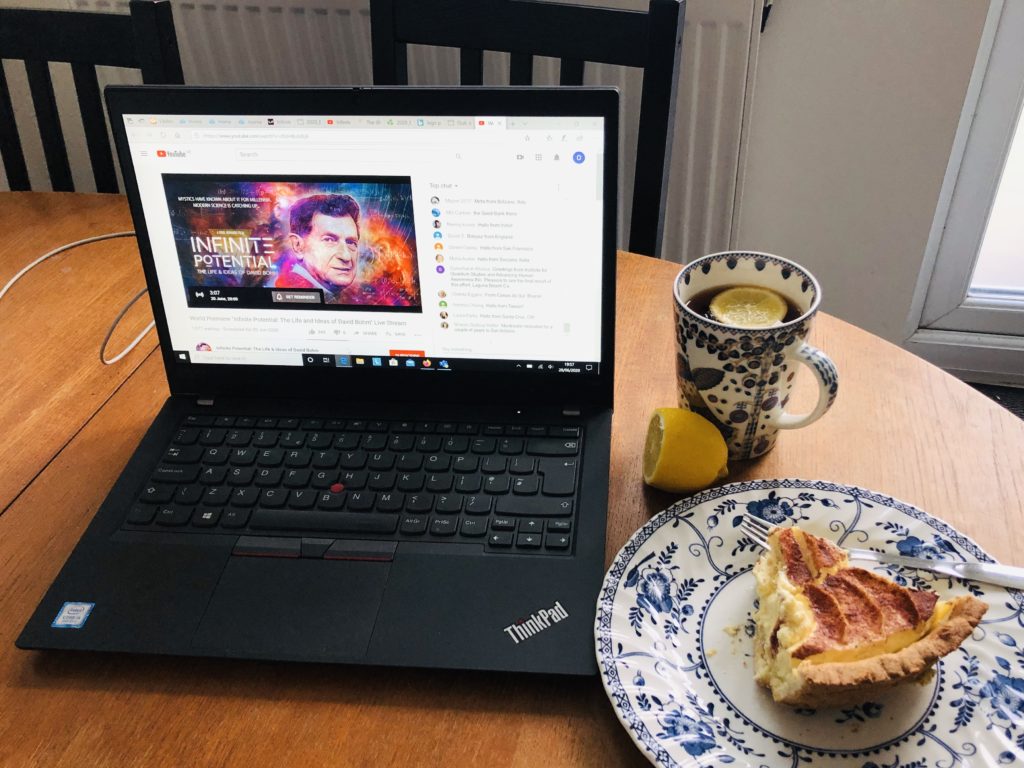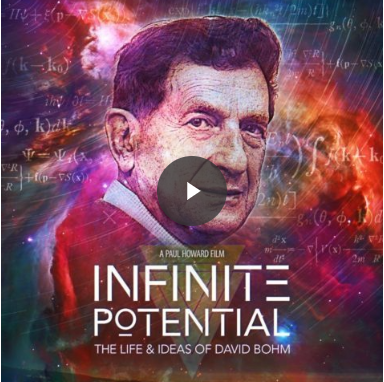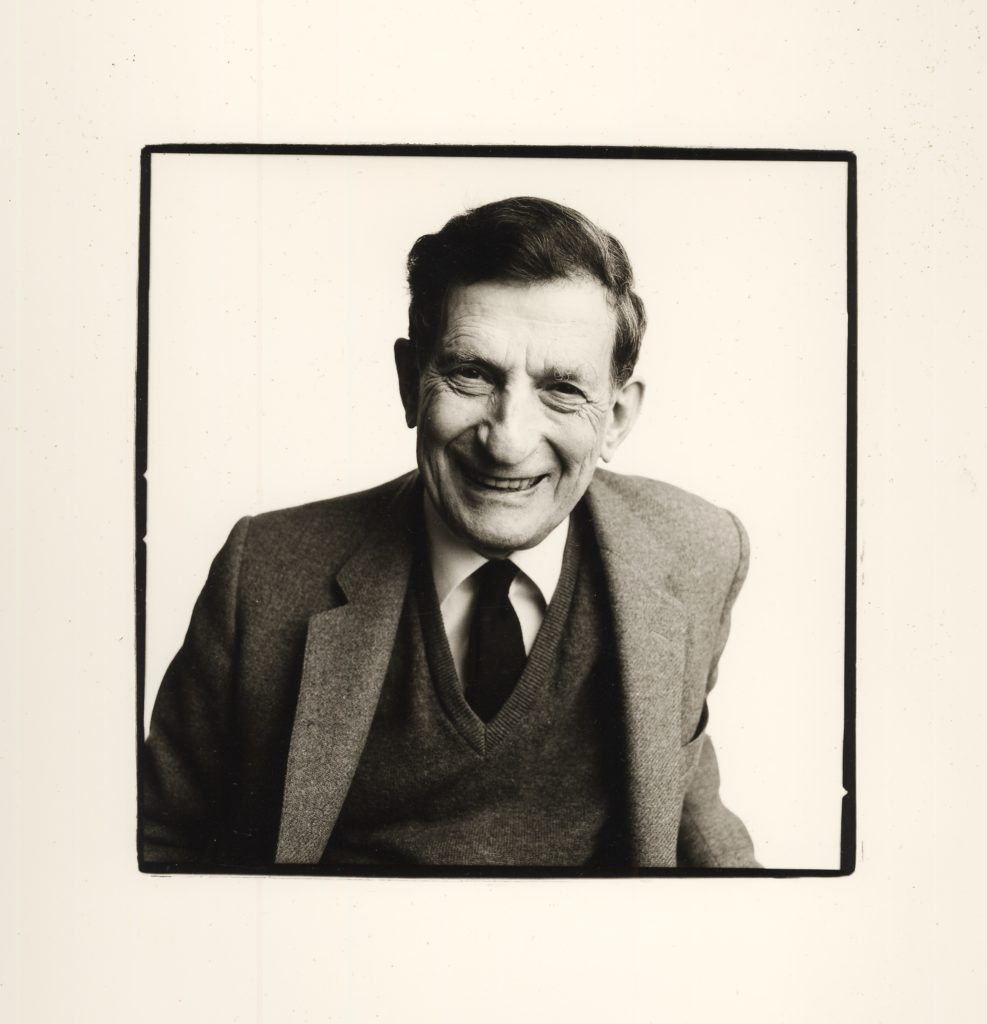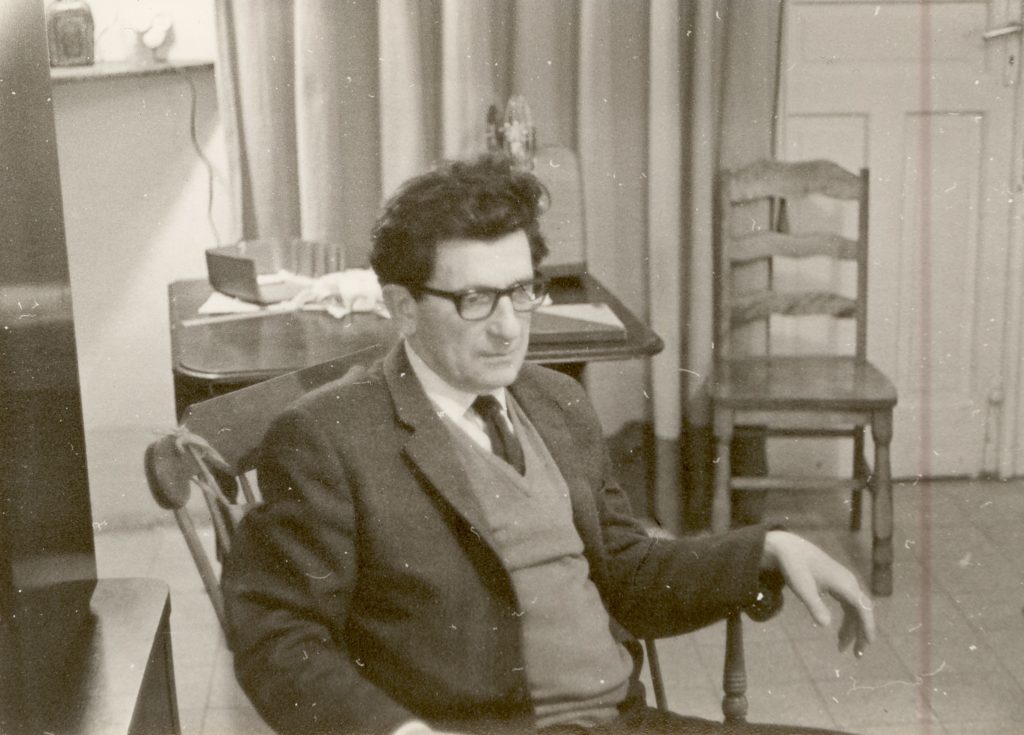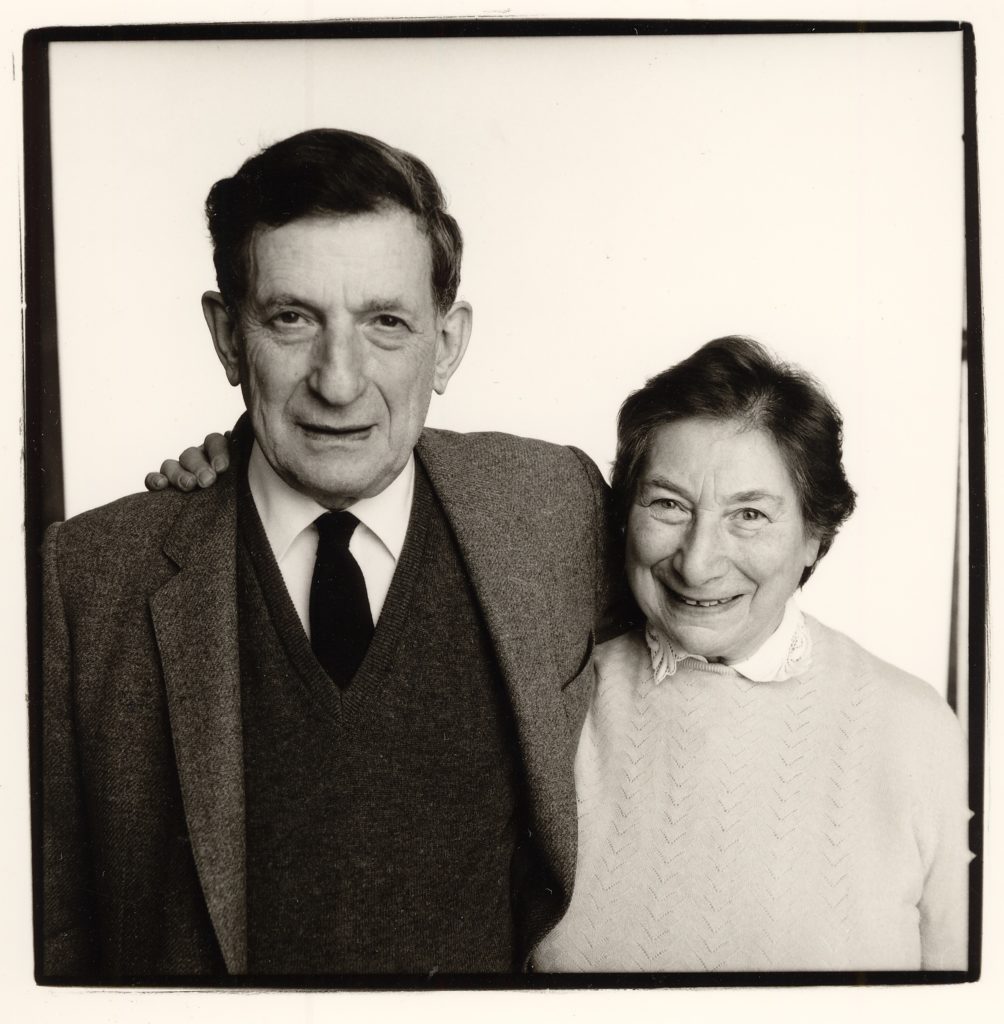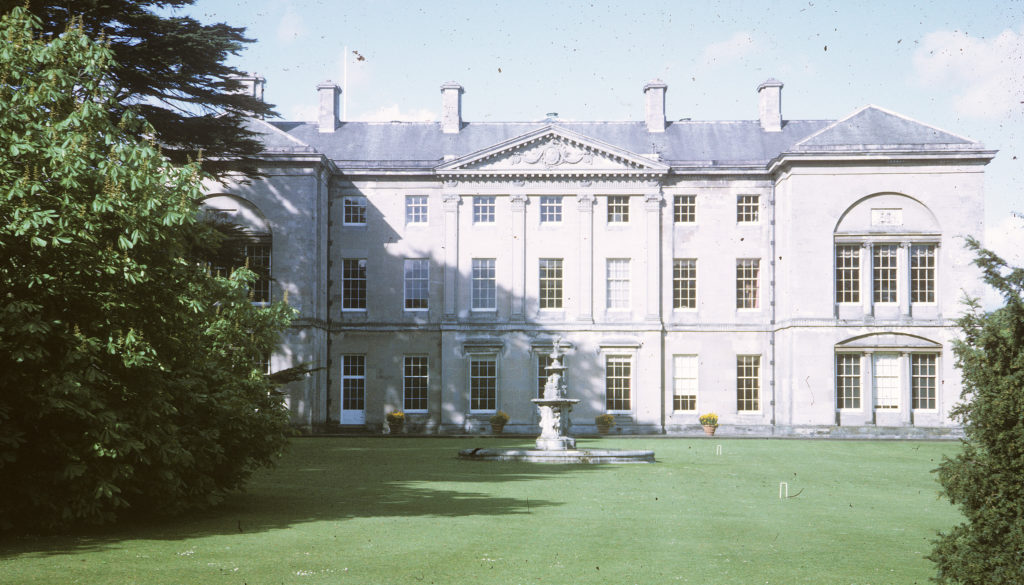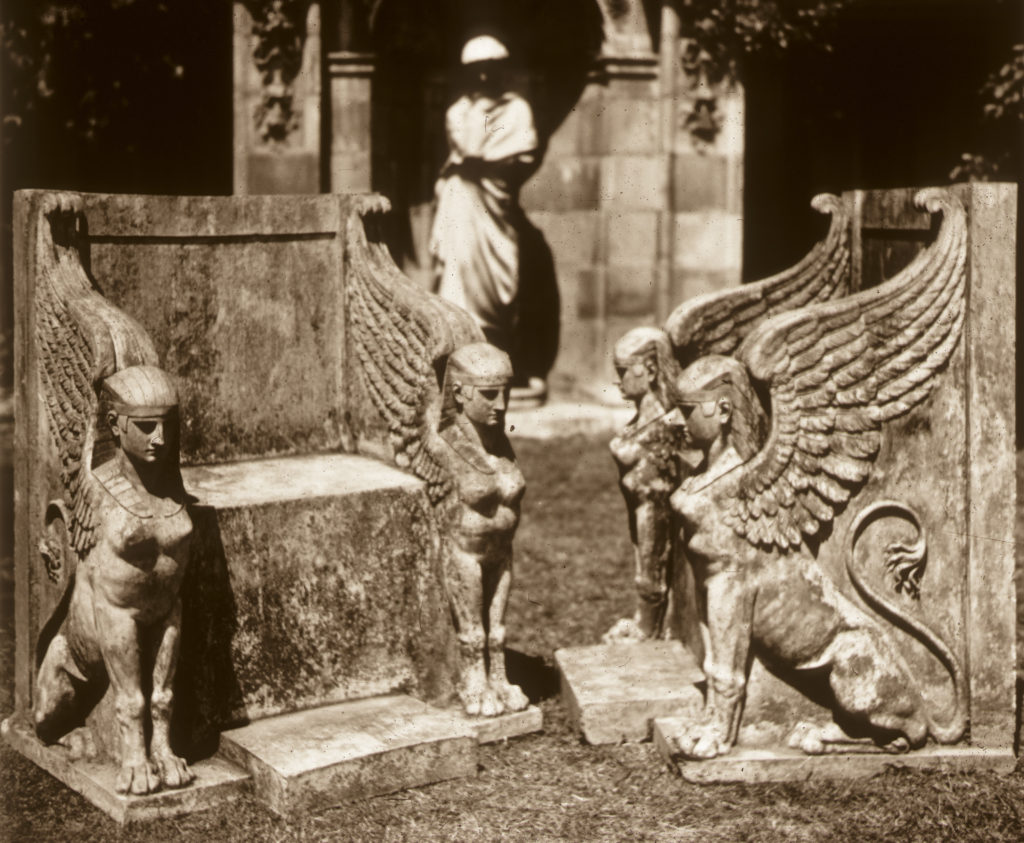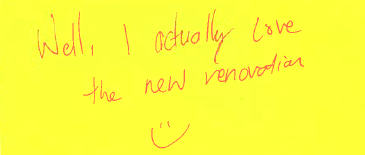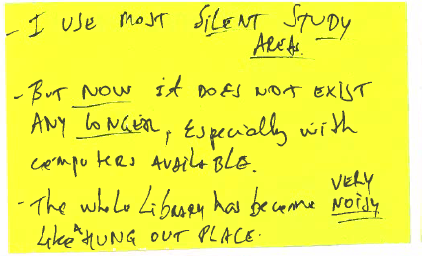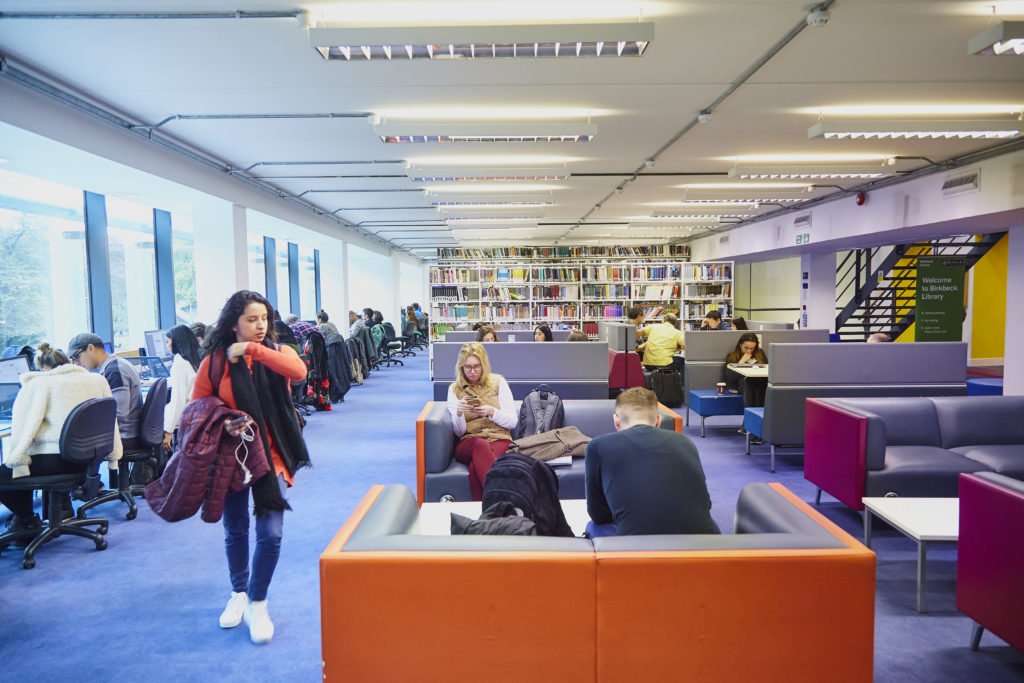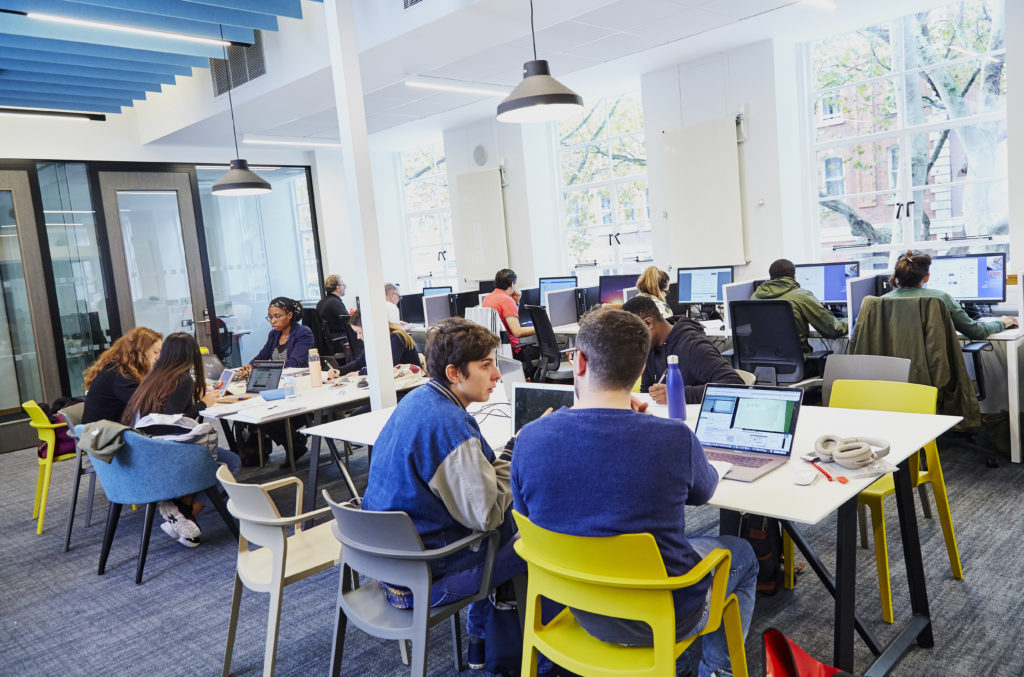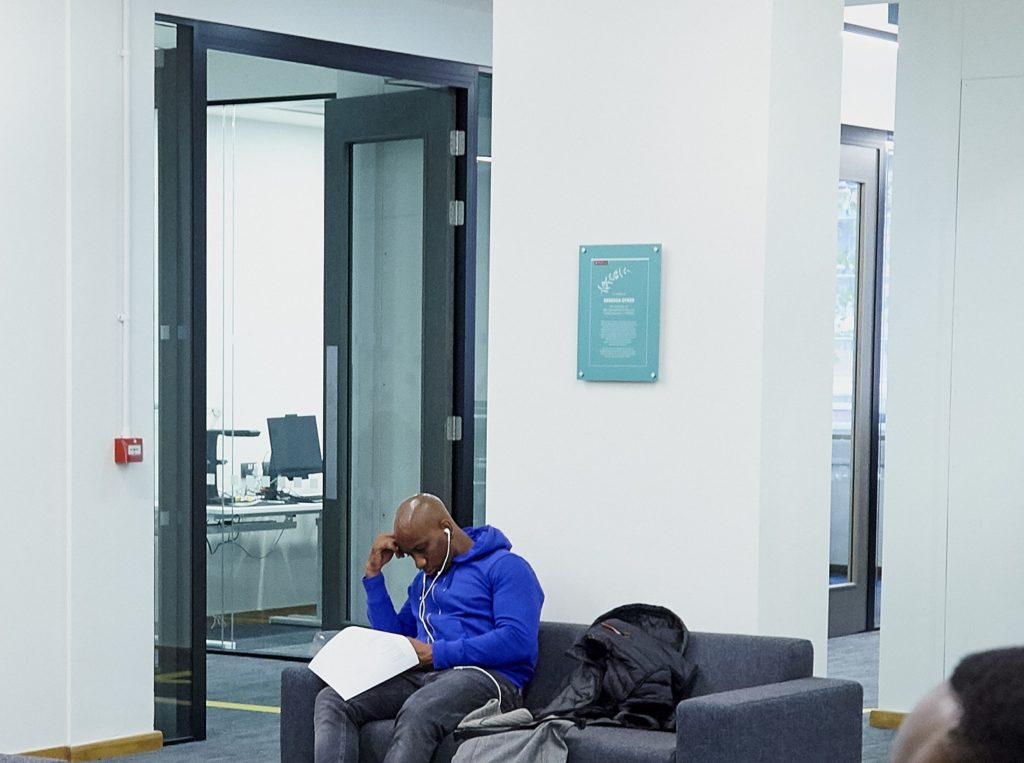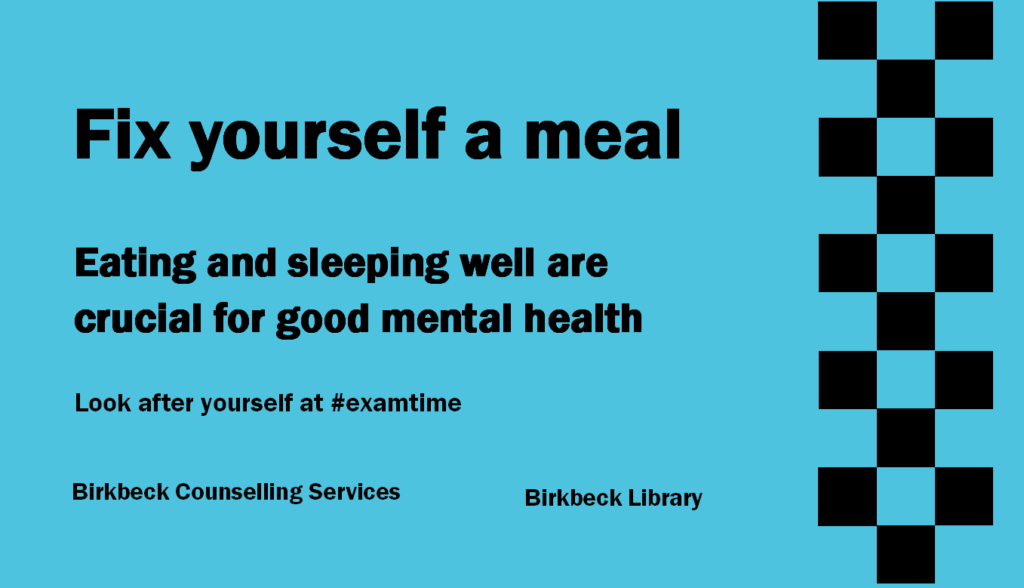While the COVID-19 pandemic has greatly affected teaching, it has also had a major impact on research at Birkbeck. We spoke to Dr Fiona Tasker about her work, and how COVID-19 and Open Access have influenced it. Fiona is a Reader in Psychology at the College, and took time out of her busy start to the academic year to discuss with us her research in the time of a pandemic.

What were your main research topics before the COVID-19 lockdown?
My research interests typically lie in social developmental psychology, family psychology, and LGBTQ psychology. I’m interested in family relationships, identity development of adults and children, and children’s social and emotional development in both non-traditional and new family forms. For example, much of my research has been on LGBTQ-parented families, post-divorce families, and families formed by adopting children or through assisted reproduction.
How has this changed since COVID-19?
There were BBC reports suggesting that COVID-19 and the lockdown placed more young people back in family environments, often closed off from their usual support networks, and that this might particularly affect vulnerable young people who were unsupported in their families. Around May reports from community organizations began to be released on the web on how lockdown was affecting LGBTQ young people, such as the LGBT Foundation’s Hidden Figures report.
So, at the beginning of lockdown, we started the LGBTQ* UK COVID-19 Lockdown Experiences Project together with colleagues, led by Jorge Gato, at the University of Porto similarly concerned about the pandemic and the LGBTQ community in Portugal. This took the form of a short anonymous survey, aimed at LGBTQ* people between 18 and 35. We sought to find out about their experiences during this Coronavirus pandemic. We received over 400 responses to this first survey. Since then the international project has grown to include Italy, Sweden, Brazil, Chile, Mexico and Israel too.
So there was certainly a clear path from the pre-COVID work to this project.
What inspired this change?
Seeing the community need for action during the pandemic, I wanted to be doing something useful during the lockdown. While others have volunteered doing things like mutual aid, I wasn’t in a position to do that. But I realised could put some research in motion and contribute to the greater good in that way.
It’s about being responsive as a researcher to situations that arise, and about what you can do to highlight a problem and contextualize it within a particular field.
Existing research helped us see how LGBTQ young people could be vulnerable, but we also know that LGBTQ communities are often efficient at networking within online communities and good at mobilising quickly. So our research questions examining the psychological well-being of LGBTQ people consider both vulnerability processes and also the strengths and resilience people have built up too.
What was your experience of Open Access and preprints before this pandemic started?
I would usually use Research Gate to access preprints, either asking other researchers for private copies of their work or, if they had uploaded it, the public version. However, preprints are not peer reviewed, so there is a reliance on researcher integrity and you have to be aware of this.
I don’t share anything that hasn’t yet been peer reviewed. When publishing, there is often a lot of small print about what an author is allowed to do with a preprint version of a paper. I usually use the Library’s publication repository BIROn. I like that the Library has the expertise to understand the small print and ensure that I’m not breaking the rules the publisher set out. I do often mirror the BIROn papers on ResearchGate, which increase the exposure of my work.
Have you used preprints during this lockdown period?
I’ve not released any preprints, but we do have a paper under currently under review for a special pandemic issue of the Journal of Homosexuality which cites many preprints. These preprints account for 10 out of the 29 references in the paper. Which is a little higher than I’d usually expect.
At the beginning of lockdown, when we were looking to apply for funding for this current project, we knew there was very little out there on the topic. Our funder, The British Academy, require that we undertake a literature review to show that the project is grounded and would contribute to the academic field. So we had to use preprints in the literature review as that was where the relevant literature was.
Another example of using what was out there were the BBC News reports, reports by the EC and UN, and by community organizations that I mentioned earlier. This was again more evidence that this research would be important and deserved funding.
So the preprints, and the reports, went into the application to build the case that this was timely and relevant research.
Can you tell us about the expanded survey you are running now?
It’s been expanded in response to LGBTQ* community feedback. We were being approached by those over 35 with a desire to be represented. We also wanted to ask more on the pandemic experience, so there are more targeted questions on challenges and opportunities due to the pandemic. These questions were formed out of the first survey respondents’ written comments on the wider impact of the pandemic on their lives.
Dr Fiona Tasker is currently running an expanded second survey for the UK LGBTQ* COVID-19 Lockdown 18-60 Experiences Research Project.
For details on the survey, including how to take part, visit the project web page.
Featured image: People vector created by rawpixel.com – www.freepik.com






